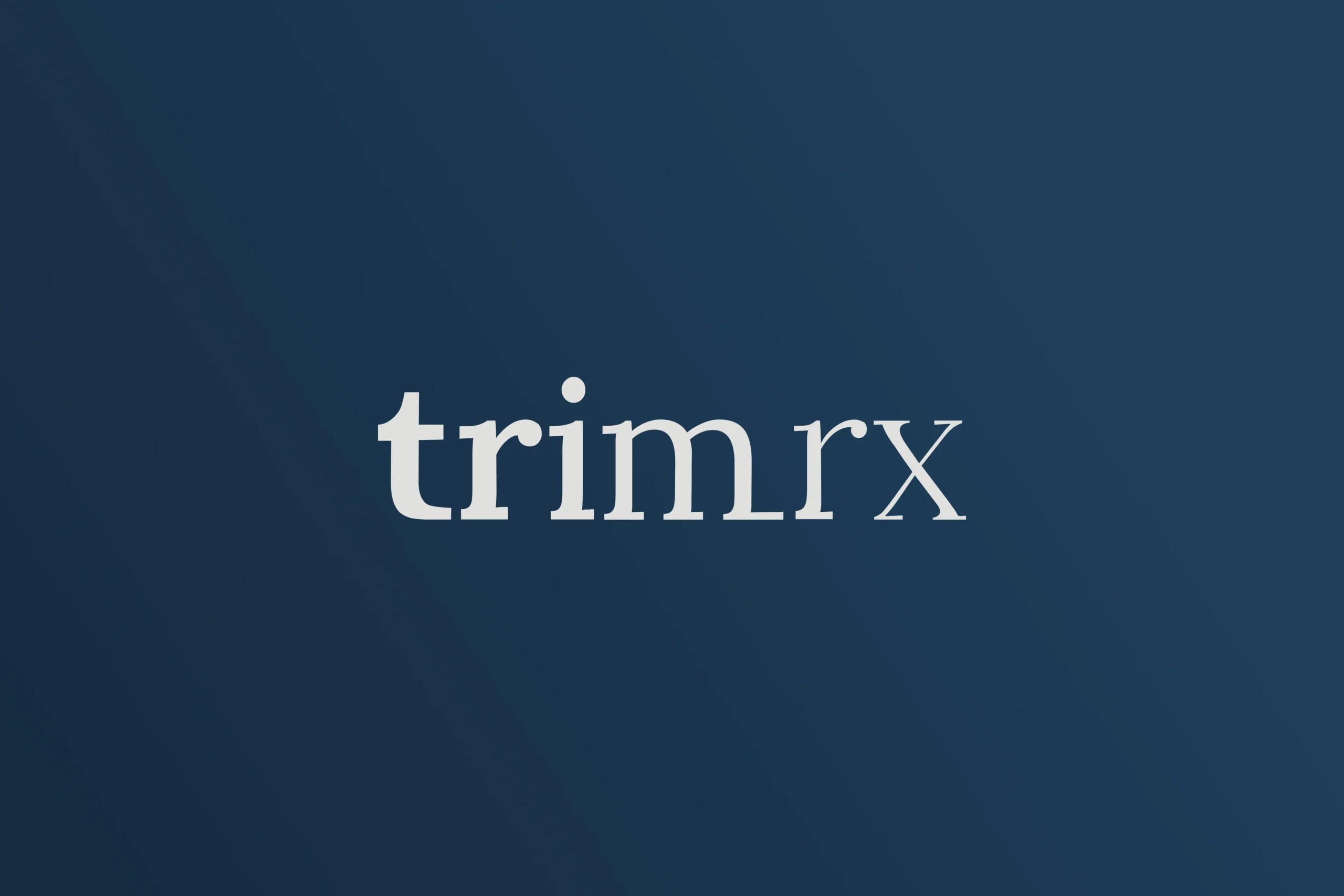Why Is Wegovy So Expensive? Understanding the High Costs of Weight Loss Medications

In a world where millions grapple with obesity, a groundbreaking medication like Wegovy shines as a beacon of hope. This GLP-1 receptor agonist has been heralded for its effectiveness in weight management, yet many are left pondering a pressing question: why is Wegovy so expensive?
As we delve into this topic, we’ll explore the factors contributing to the high cost of Wegovy and similar medications. By the end of this post, we hope to equip you with a deeper understanding of the economics behind these drugs and how they fit into the broader healthcare landscape.
Introduction
Did you know that approximately 42% of American adults are classified as obese, a staggering increase from just 30% in the late 1990s? The rising prevalence of obesity has led to increased demand for effective treatments, and Wegovy has emerged as a leading solution. However, its price point—around $1,349 per month in the U.S.—has raised eyebrows and sparked discussions about drug pricing in healthcare.
In this blog post, we will explore the multifaceted reasons for Wegovy’s high cost. We’ll examine the role of pharmaceutical companies, the impact of insurance coverage, the influence of pharmacy benefit managers (PBMs), and the broader implications of pricing in the U.S. healthcare system. By understanding these dynamics, we hope to empower you to navigate your weight loss journey with informed choices.
Together, we’ll dissect the financial, regulatory, and market factors that shape the pricing of Wegovy, providing clarity in a complex landscape. Let’s embark on this journey to better understand why Wegovy is so expensive and what it means for those seeking weight loss solutions.
The Rise of GLP-1 Medications
What Are GLP-1 Medications?
GLP-1 (glucagon-like peptide-1) medications, such as Wegovy, Ozempic, and Mounjaro, were initially developed to treat type 2 diabetes. However, their remarkable ability to aid in weight loss has opened new avenues for treatment, leading to FDA approvals specifically for obesity management. This shift has broadened the patient base and increased the demand for these medications significantly.
The Mechanism of Action
These medications work by mimicking the effects of the GLP-1 hormone, which is naturally produced in the body. They help regulate appetite, slow gastric emptying, and enhance insulin sensitivity. For many patients, this translates into substantial weight loss—often around 15-20% of total body weight over the course of treatment.
A Growing Market
According to industry forecasts, the market for obesity medications is projected to grow exponentially. Analysts predict that by 2030, approximately 15 million Americans could be using GLP-1 medications. This rising demand is a double-edged sword, as it brings attention to the critical health issues associated with obesity while also driving prices upward due to increased competition for limited resources.
Factors Contributing to Wegovy's High Cost
1. Pharmaceutical Pricing Strategies
Pharmaceutical companies often set high list prices for their medications, and Wegovy is no exception. The list price is the manufacturer’s suggested retail price, which serves as a starting point for negotiations with insurers and PBMs. Here are some reasons behind this pricing strategy:
- Research and Development Costs: The process of developing new drugs is lengthy and expensive, often requiring billions of dollars over many years. Companies invest heavily in research to bring a drug to market, and this cost is typically recouped through high pricing.
- Market Demand: With the rising prevalence of obesity, the demand for effective treatments like Wegovy has skyrocketed. Pharmaceutical companies often adjust their prices based on what the market can bear—essentially charging as much as they believe patients and insurers are willing to pay.
2. The Role of Pharmacy Benefit Managers (PBMs)
Another significant factor influencing drug prices is the role of pharmacy benefit managers (PBMs). These intermediaries negotiate pricing and coverage for medications on behalf of insurance companies. While PBMs can facilitate access to medications, they also contribute to inflated costs in several ways:
- Negotiated Rebates: PBMs negotiate rebates from pharmaceutical companies based on the list price of medications. However, these rebates often do not translate into lower prices for consumers. Instead, they can create a system where higher list prices lead to larger rebates, benefiting the PBMs and insurers rather than the patients.
- Limited Transparency: The lack of transparency in how PBMs operate can obscure the true cost of medications. Patients may end up paying much higher prices for medications like Wegovy due to the convoluted nature of pricing negotiations.
3. Insurance Coverage Limitations
Insurance coverage for Wegovy and similar medications can vary significantly, impacting out-of-pocket costs for individuals. While many insurance plans cover diabetes medications like Ozempic, coverage for weight loss treatments remains inconsistent. A few key points to consider:
- Coverage Gaps: Not all insurance plans cover weight loss medications, and even those that do may impose strict criteria for eligibility. As a result, many individuals may find themselves facing high out-of-pocket costs.
- Employer-Sponsored Plans: A growing number of employers are beginning to offer coverage for GLP-1 medications, reflecting a shift in understanding the importance of addressing obesity as a health issue. However, coverage is still not universal, leading to disparities in access.
4. Global Pricing Discrepancies
When we compare the price of Wegovy in the United States to other countries, the discrepancies are striking. For example, Wegovy is available for around $92 in the United Kingdom and $137 in Germany, while it retails for over $1,300 in the U.S. Several factors contribute to this:
- Regulatory Differences: Many countries have regulations that limit how much pharmaceutical companies can charge for medications. In the U.S., however, there is minimal regulation on drug pricing, allowing companies to set prices based on market demand.
- Negotiation Power: Countries with centralized healthcare systems often negotiate prices directly with pharmaceutical companies, resulting in lower costs for consumers. The U.S. system, which relies heavily on private insurance, lacks this level of negotiation, contributing to higher prices.
The Future of Wegovy Pricing
Potential for Price Reductions
As we look ahead, there are several factors that may influence the pricing of Wegovy and similar GLP-1 medications:
- Increased Competition: With more companies entering the obesity drug market, increased competition could drive down prices. As new medications are developed and approved, patients may have access to more affordable options.
- Insurance Policy Changes: Ongoing discussions about expanding coverage for weight loss medications could lead to greater access and potentially lower costs for patients. If Medicare and Medicaid expand their coverage to include these drugs, it could significantly alter the landscape of obesity treatment.
The Role of Patient Advocacy
As individuals navigate the complexities of accessing medications like Wegovy, patient advocacy plays a crucial role. By pushing for policy changes and greater transparency in pricing, patients can help drive improvements in healthcare access and affordability.
At TrimRx, we are committed to supporting individuals on their weight loss journeys through our personalized assessment quiz, which helps determine eligibility for prescription weight loss medications. By taking our quiz, you can explore tailored solutions that align with your unique needs, making sustainable weight loss more attainable.
Conclusion
The high cost of Wegovy is a multifaceted issue shaped by pharmaceutical pricing strategies, the roles of PBMs, insurance coverage limitations, and global pricing discrepancies. As we seek solutions to the obesity epidemic, understanding the dynamics of medication pricing is essential for patients and healthcare providers alike.
While the path to affordable access may be complex, ongoing advocacy and changes in policy can pave the way for more equitable solutions in the future. Together, we can work towards a healthcare system that prioritizes accessibility and empowers individuals to achieve their weight loss goals.
FAQ
Q: Why is Wegovy more expensive in the U.S. than in other countries?
A: Wegovy’s high cost in the U.S. is primarily due to the lack of regulatory controls on drug pricing, the influence of pharmacy benefit managers, and the pricing strategies of pharmaceutical companies. Other countries often have regulations that limit prices and negotiate directly with manufacturers.
Q: Is Wegovy covered by insurance?
A: Insurance coverage for Wegovy varies significantly. While some plans cover the medication, others may not, especially for weight loss purposes. It's essential to check with your insurance provider to understand your specific coverage.
Q: Are there any alternatives to Wegovy that are more affordable?
A: Yes, there are other weight loss medications and supplements available. At TrimRx, we offer personalized weight loss programs that include options like Semaglutide, Tirzepatide, and quick-access supplements to support your journey.
Q: How can I find more affordable weight loss solutions?
A: We encourage you to take our free assessment quiz to explore personalized treatment options that suit your needs. Additionally, consider our quick-access supplements, such as the GLP-1 Daily Support and Weight Loss Boost for immediate support.
By understanding the complexities behind Wegovy’s pricing, we can better navigate the challenges of weight loss and work towards a healthier future. Remember, we are here to support you every step of the way!
Keep reading
Does Wegovy Have GLP-1? Exploring the Role of Semaglutide in Weight Loss
The battle against obesity is more pressing than ever, with approximately 70% of adults in the United States classified as overweight or obese. This…
Understanding the Difference Between GLP-1 and Wegovy
Introduction Did you know that the global prevalence of obesity has nearly tripled since 1975? This alarming statistic highlights the growing health crisis many…
How to Stop Nausea from Wegovy: Effective Strategies for Relief
Introduction Did you know that approximately 44% of individuals taking Wegovy experience nausea as a side effect? This statistic can be surprising, especially for…
How Wegovy Pens Work: Your Guide to Effective Weight Management
In a world where obesity and weight-related health issues have reached alarming rates, finding effective solutions for weight management is more crucial than ever….
When to Increase Wegovy Dose: A Comprehensive Guide
Introduction Did you know that nearly 70% of adults in the U.S. are considered overweight or obese? This staggering statistic highlights just how prevalent…
Where to Inject Wegovy in the Leg: A Comprehensive Guide
Introduction Did you know that nearly 70% of American adults struggle with obesity or being overweight? This staggering statistic highlights a pressing health concern…
Can You Travel with a Wegovy Pen? Essential Tips and Guidelines
Introduction The thought of traveling with medication can evoke a mix of excitement and anxiety. This is especially true for those of us on…
Does Wegovy Help with Emotional Eating?
Emotional eating can feel like an invisible battle that many of us face. Picture this: you’ve had a long, stressful day, and as you…
Do You Have to Diet on Wegovy?
In a world where weight management has become a major concern for many, the introduction of medications like Wegovy has sparked a conversation about…

